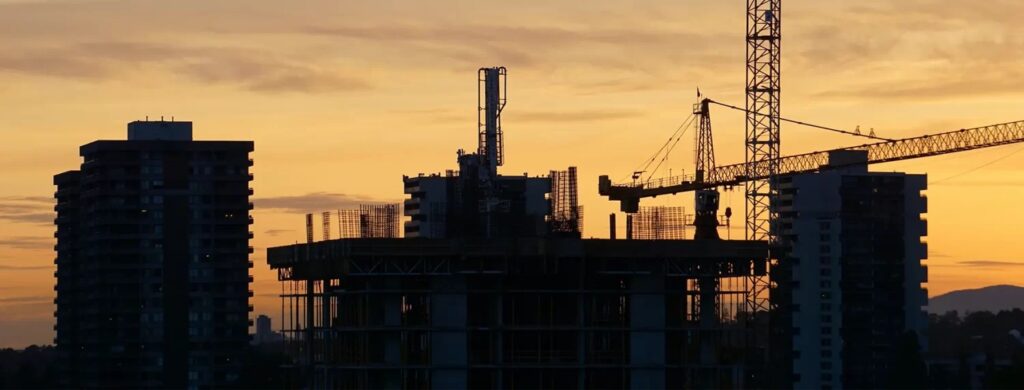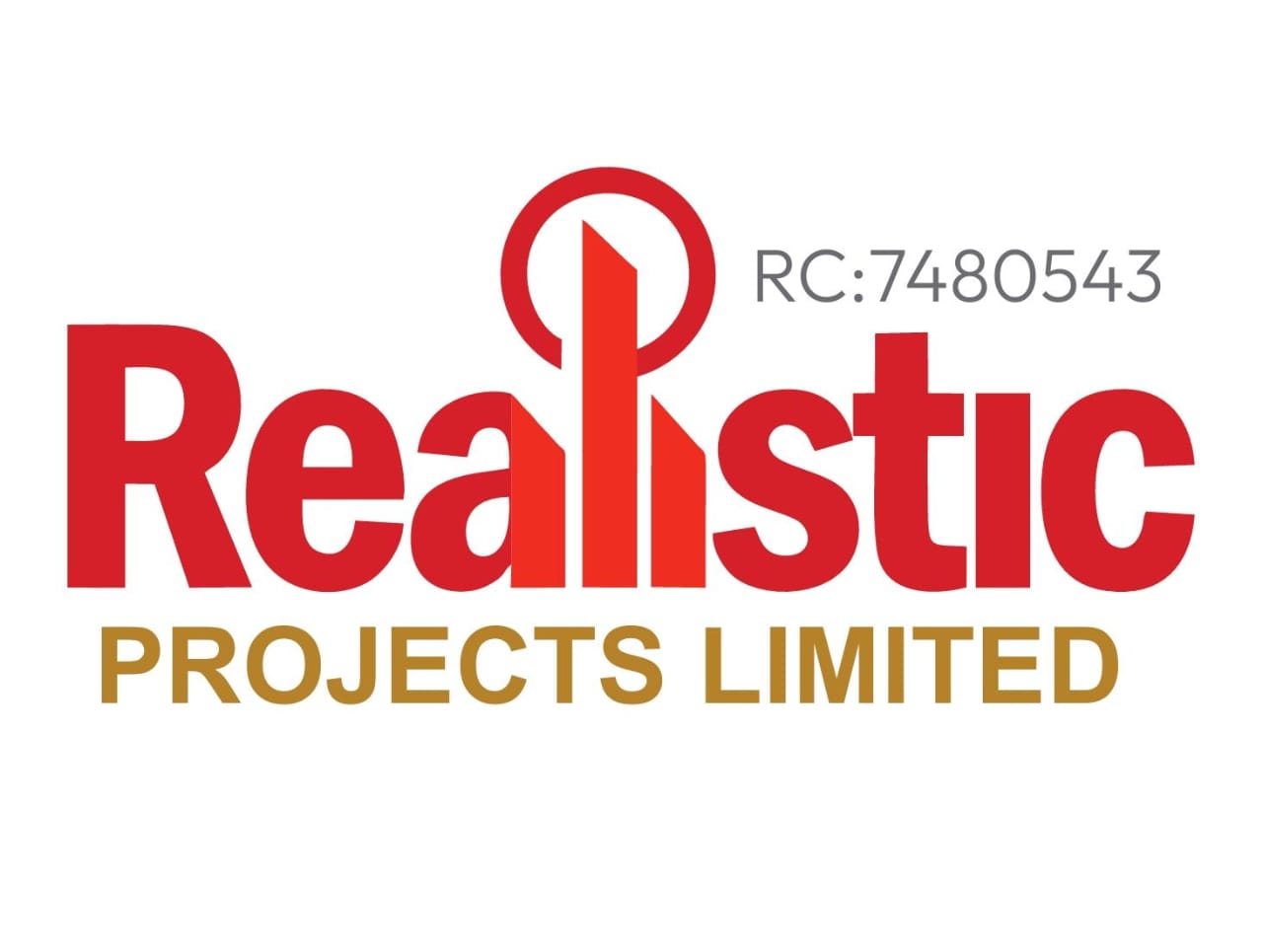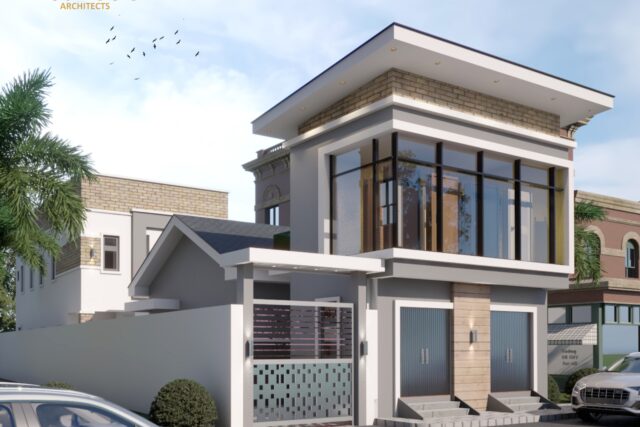Climate change has become a defining challenge of our time, impacting every aspect of our lives—from how we live to how we build. The construction industry, being one of the cornerstones of global development, is no exception. As climate patterns shift, the sector faces unique challenges and opportunities that are reshaping how we design, build, and maintain structures.

Changing Weather Patterns and Construction
One of the most immediate impacts of climate change on construction is the unpredictability of weather patterns. Unseasonal rainfall, extreme heat, and intense storms disrupt project timelines and increase costs. For instance:
- Heavy rains can delay concrete curing and destabilize foundations.
- High temperatures can reduce the workability of concrete and endanger workers through heat exhaustion.
- Hurricanes and floods damage structures during and after construction, requiring builders to invest in more resilient designs.
Rising Costs of Materials and Resources
Climate change also affects the availability and cost of raw materials. Droughts, deforestation, and extreme weather events disrupt supply chains, making essential materials like timber and cement more expensive. Additionally, the push for sustainable practices has led to higher demand for eco-friendly materials, further driving up costs.
Regulatory Pressures and Sustainability Requirements
Governments and international organizations are introducing stricter regulations to mitigate climate change. Construction companies are now required to:
- Incorporate energy-efficient designs.
- Use sustainable materials with a lower carbon footprint.
- Reduce construction waste through recycling and reuse initiatives.
While compliance may increase initial costs, these measures position companies to thrive in a world increasingly focused on environmental stewardship.
Infrastructure Resilience
As climate change intensifies, the construction industry must prioritize resilience. Buildings and infrastructure need to withstand more frequent and severe natural disasters, such as earthquakes, floods, and wildfires. This has led to innovations in design, including elevated structures, permeable pavements, and the use of resilient materials like cross-laminated timber and reinforced concrete.
The Role of Technology
Advances in technology are helping the construction industry adapt to climate change.
- Green Building Design Software: Tools like BIM (Building Information Modeling) enable architects to design energy-efficient buildings and simulate how structures will perform under different climate scenarios.
- Smart Materials: Innovations like self-healing concrete and cool roofs improve energy efficiency and reduce the environmental impact of buildings.
- Renewable Energy Integration: Solar panels, wind turbines, and other renewable energy sources are becoming integral to new developments, reducing reliance on fossil fuels.
Opportunities for the Construction Industry
Climate change presents not only challenges but also opportunities for growth and innovation:
- Green Construction: The demand for sustainable buildings is surging as governments and consumers prioritize eco-friendly solutions.
- Retrofitting Existing Structures: Retrofitting older buildings to meet new environmental standards is becoming a lucrative market.
- Renewable Energy Projects: From wind farms to solar plants, construction companies are playing a critical role in the global shift to renewable energy.
Looking Ahead
The construction industry must embrace a proactive approach to addressing climate change. By adopting sustainable practices, investing in innovative technologies, and prioritizing resilience, the sector can not only mitigate risks but also contribute significantly to global climate goals.
At Realistic Projects, we understand the evolving challenges posed by climate change. Our commitment to sustainable construction ensures that we’re building for the future—structures that are not only functional and durable but also environmentally responsible.
Let’s work together to create buildings that stand the test of time and protect the planet. Contact us today to learn how we can bring your vision to life, sustainably.




Leave a Reply